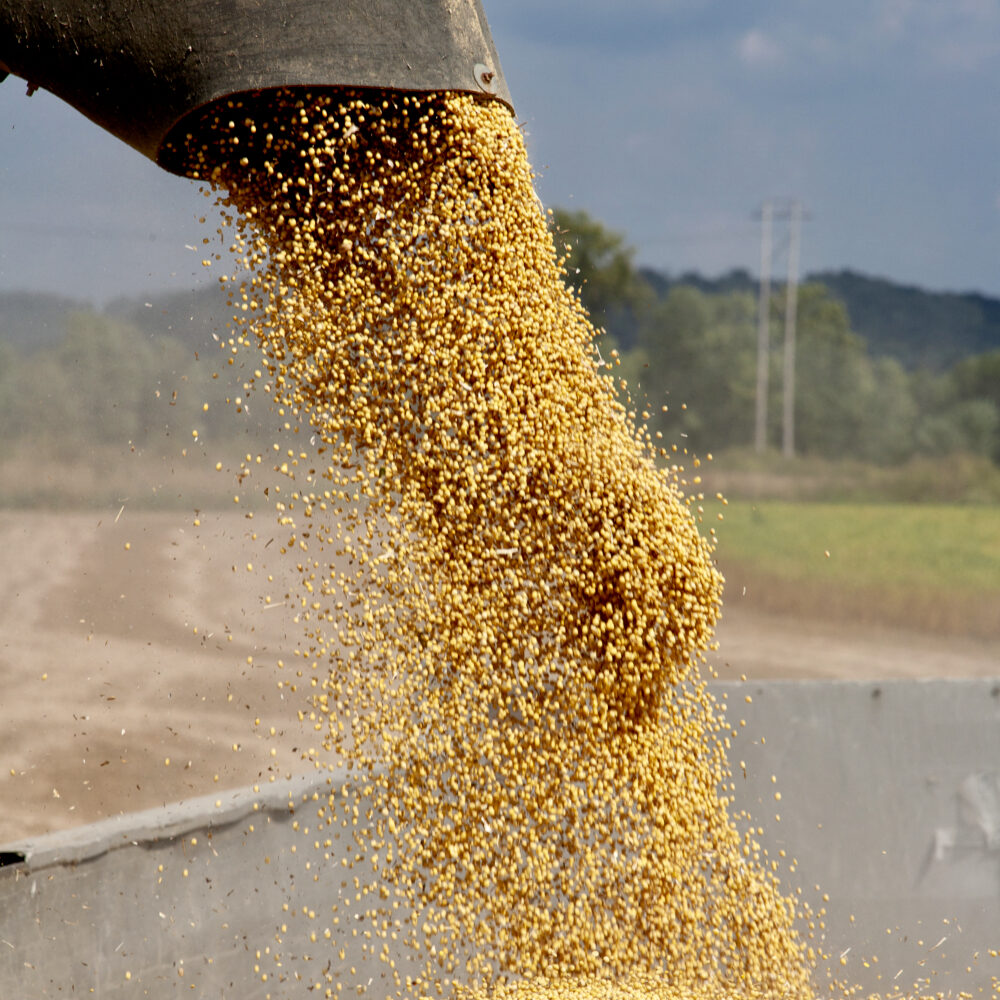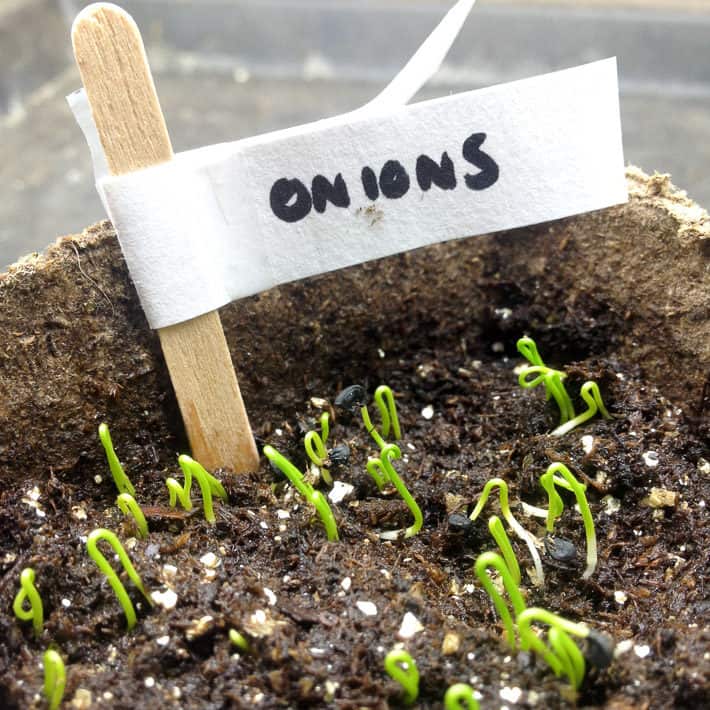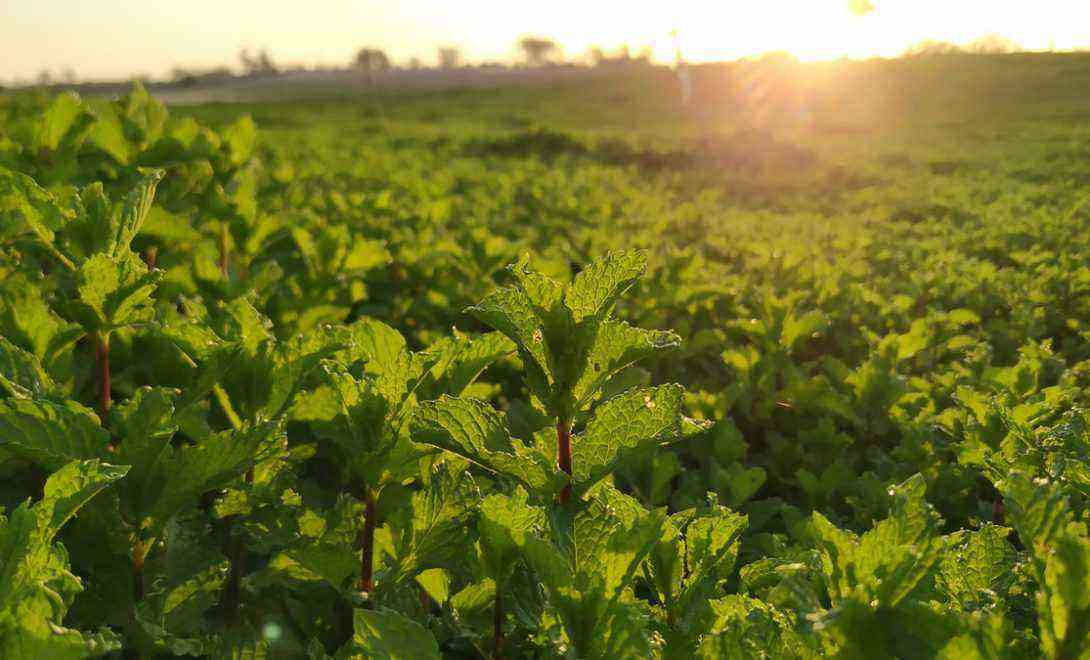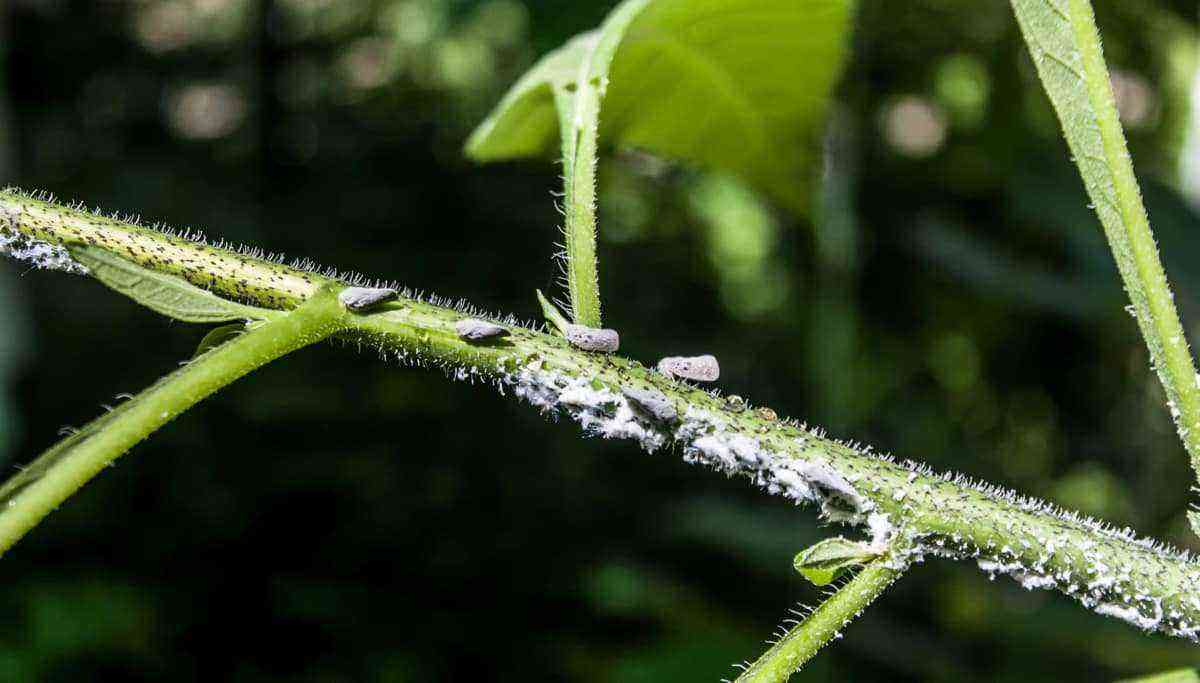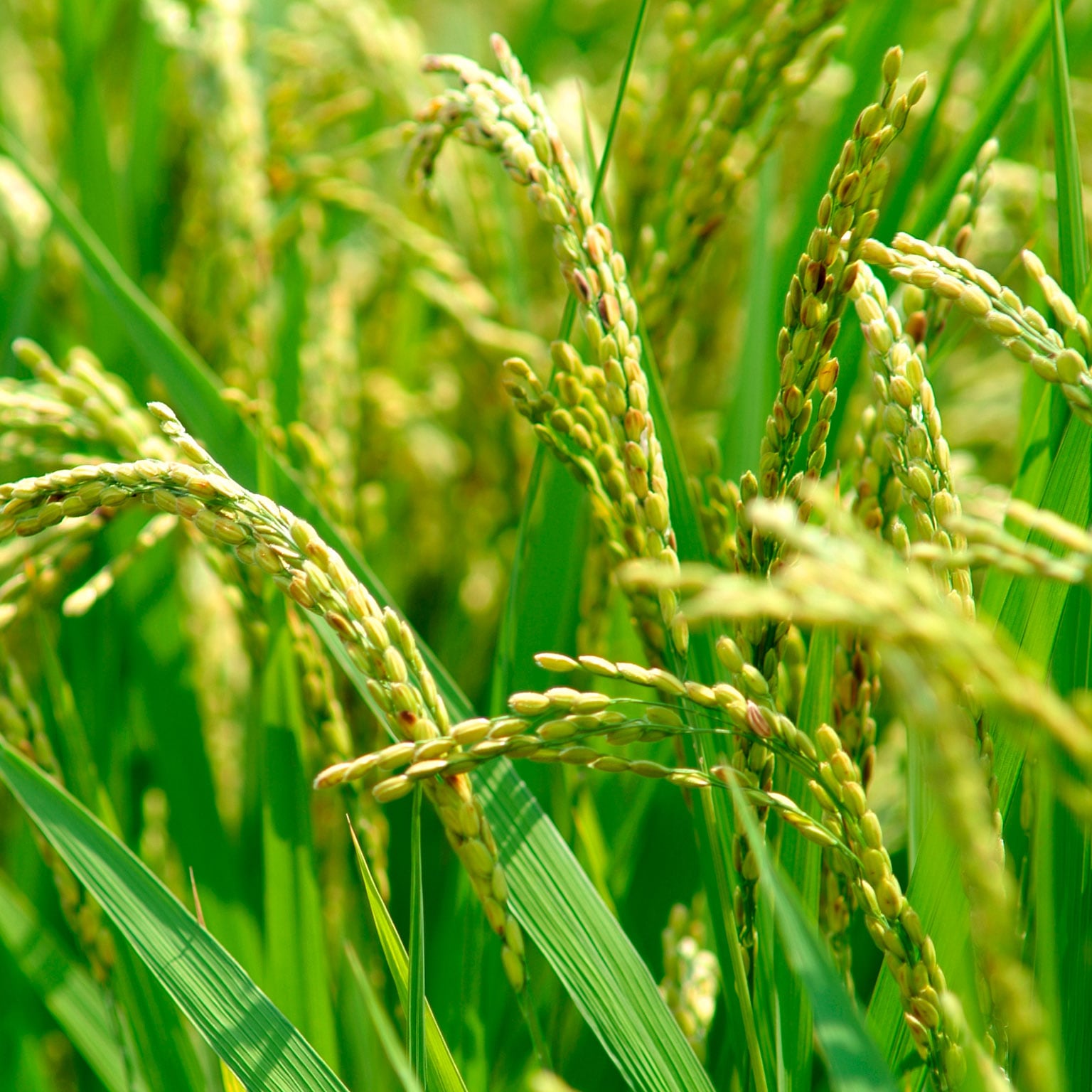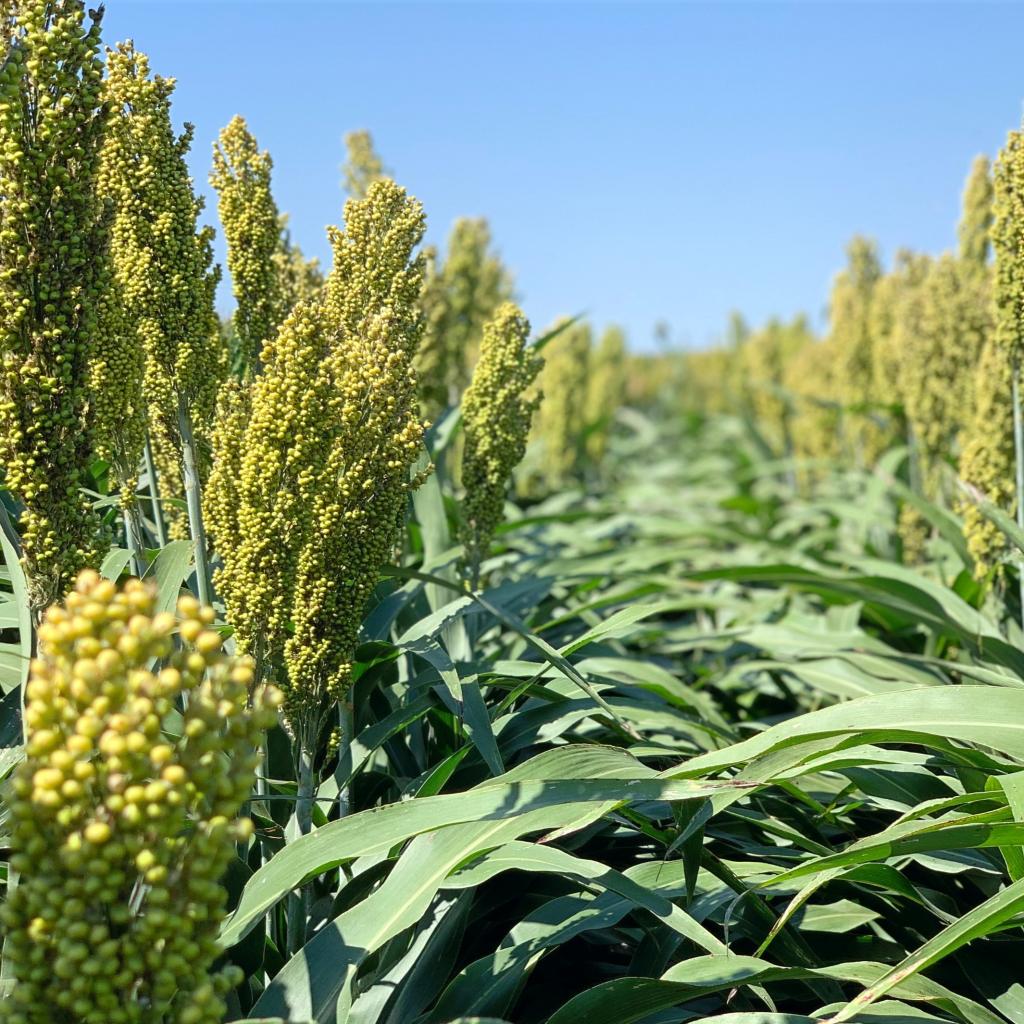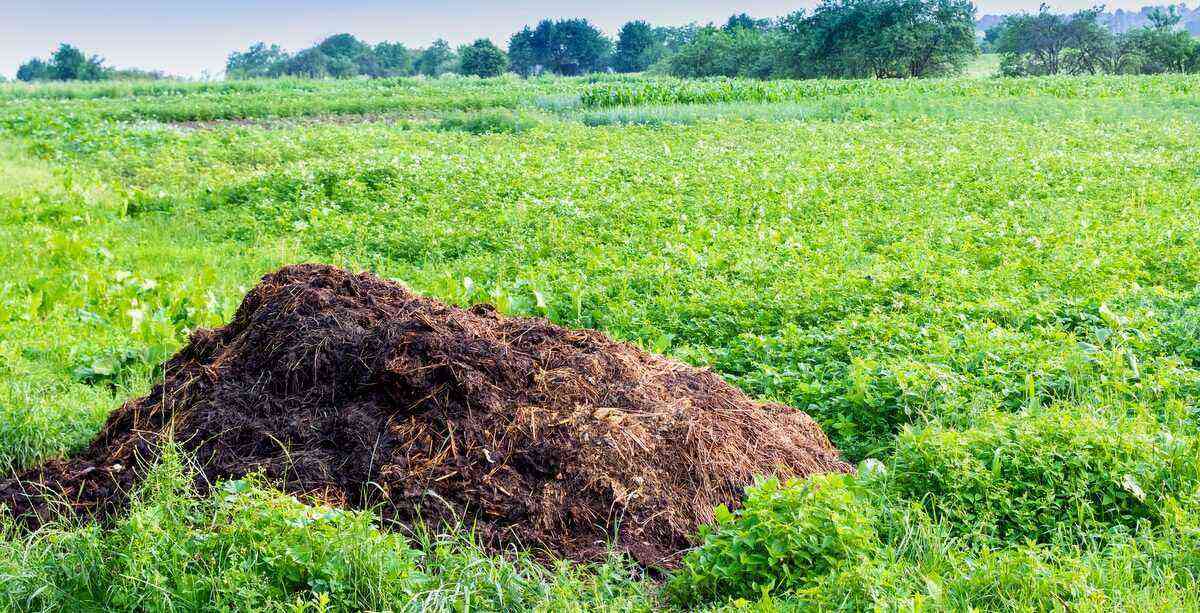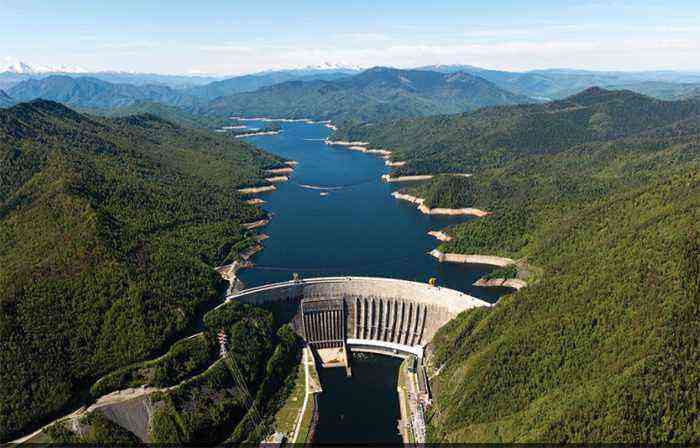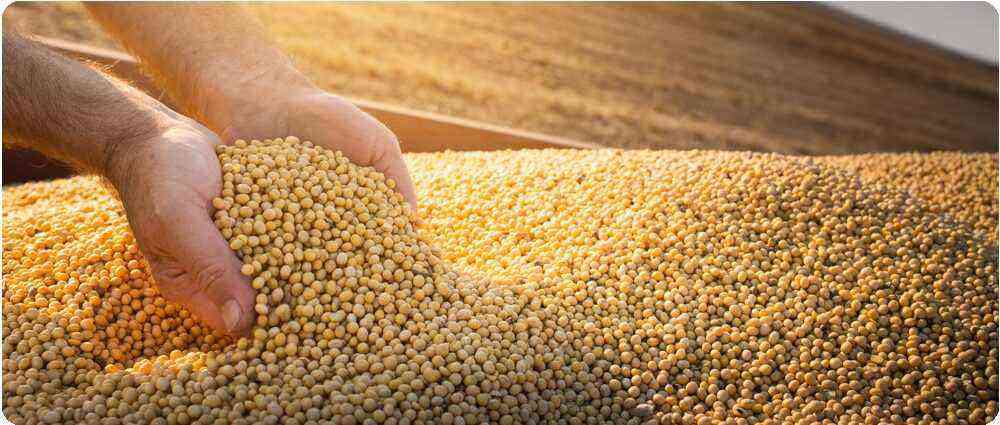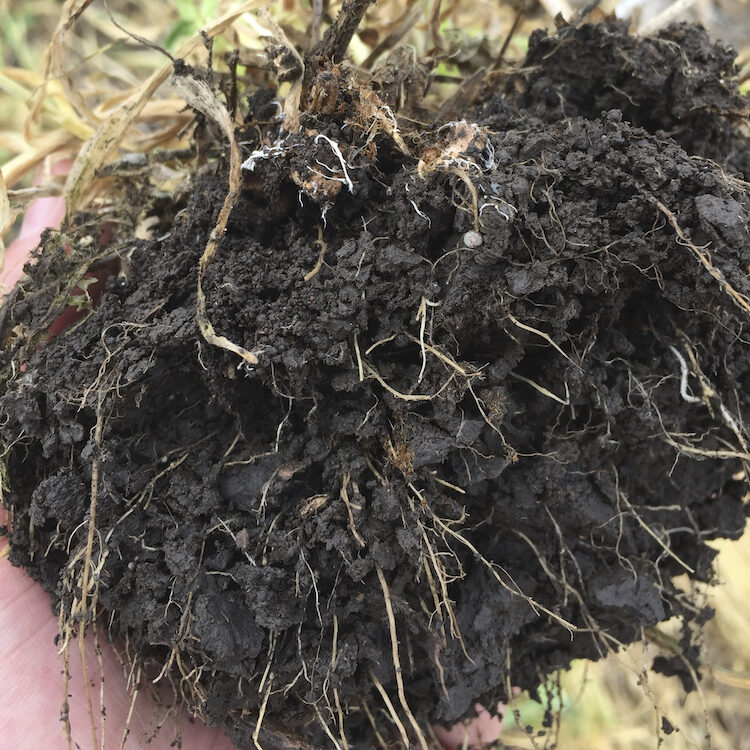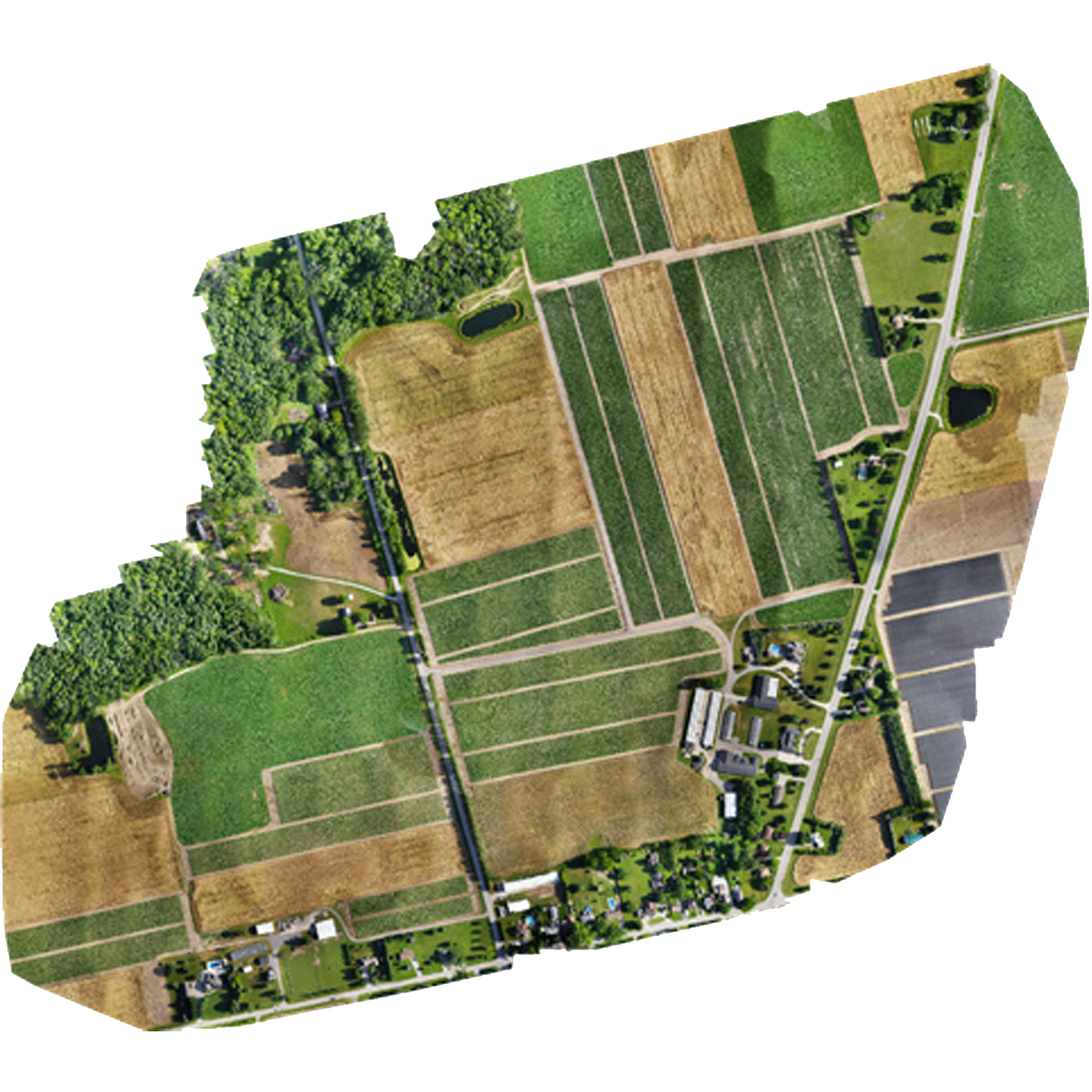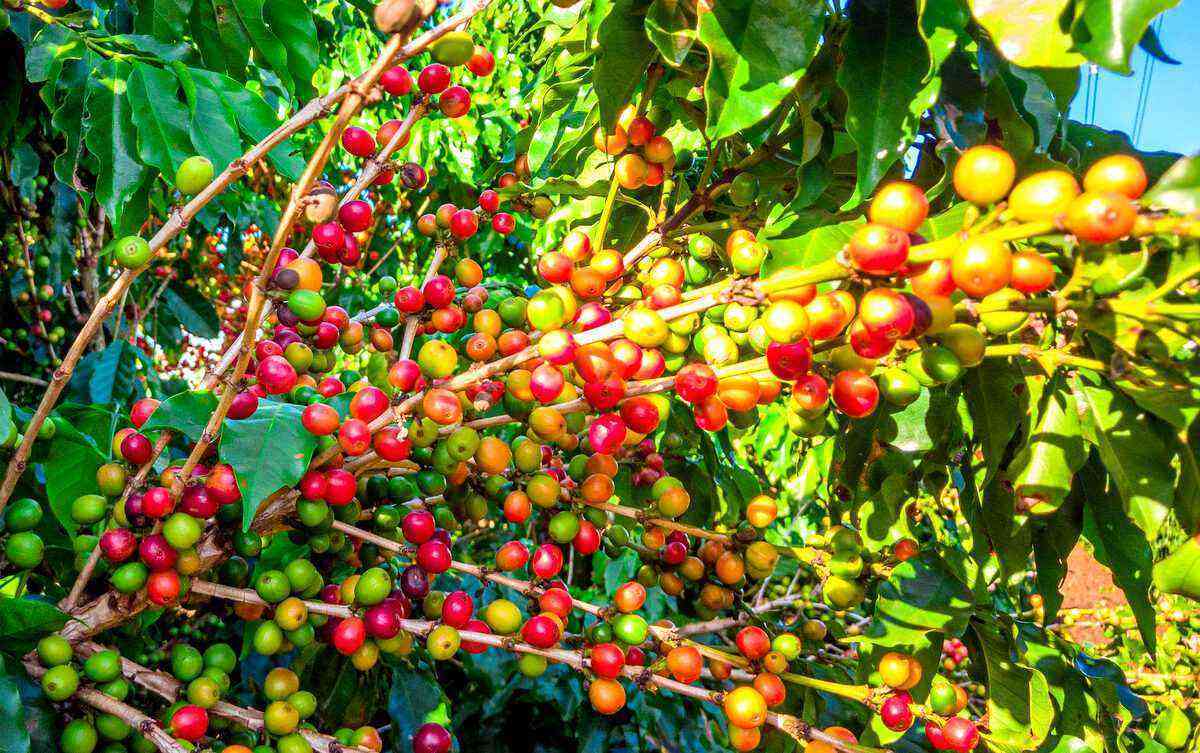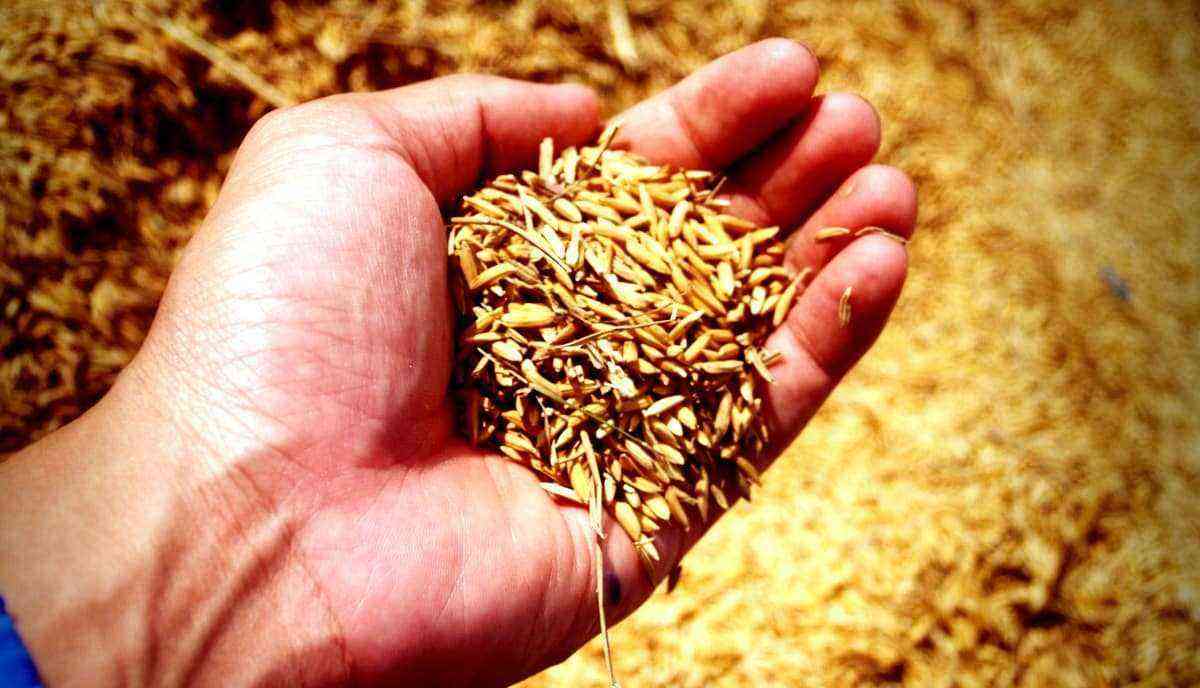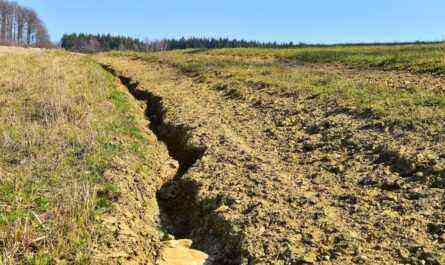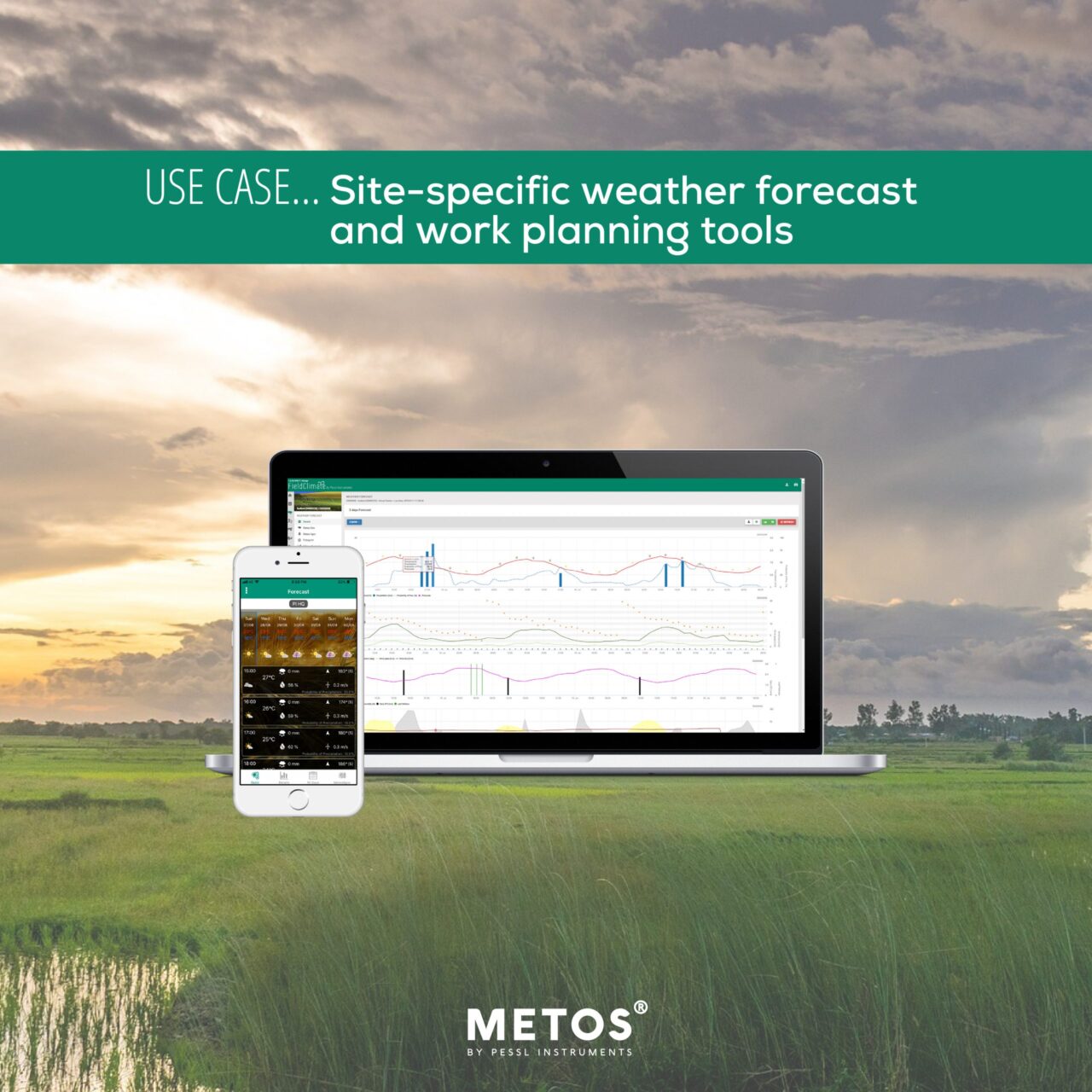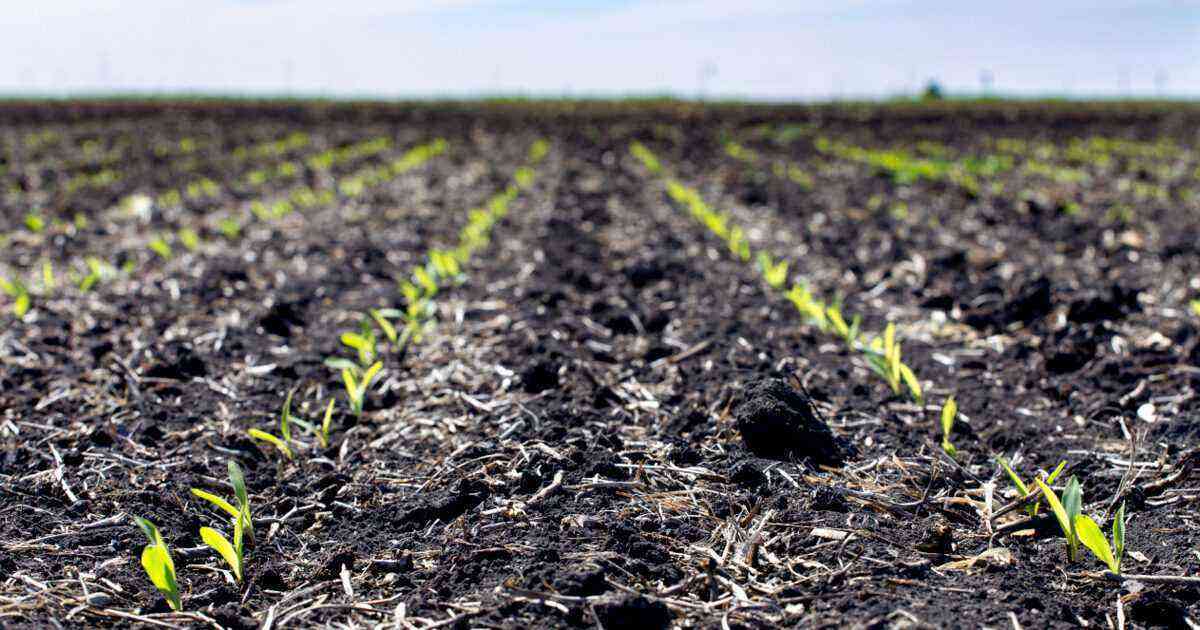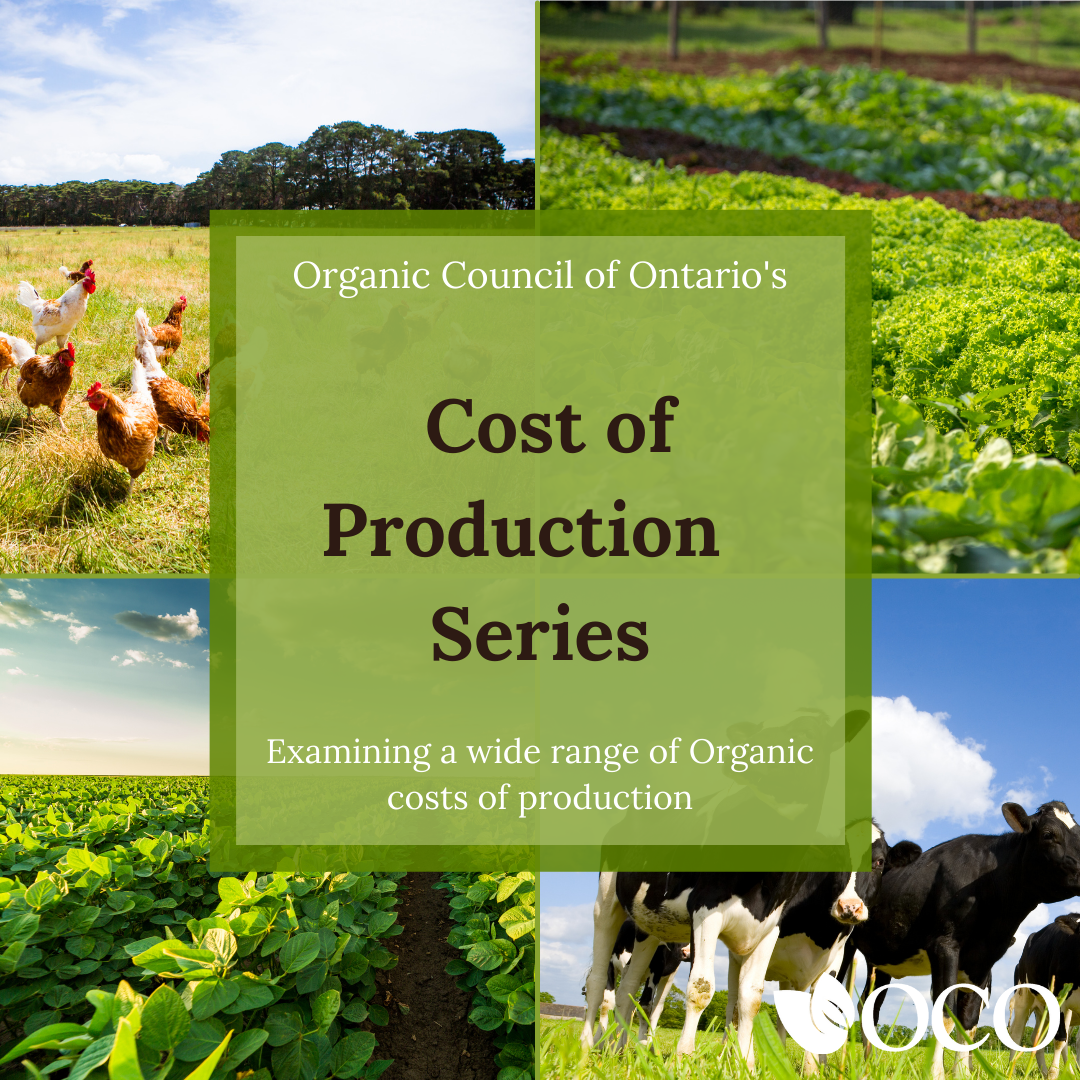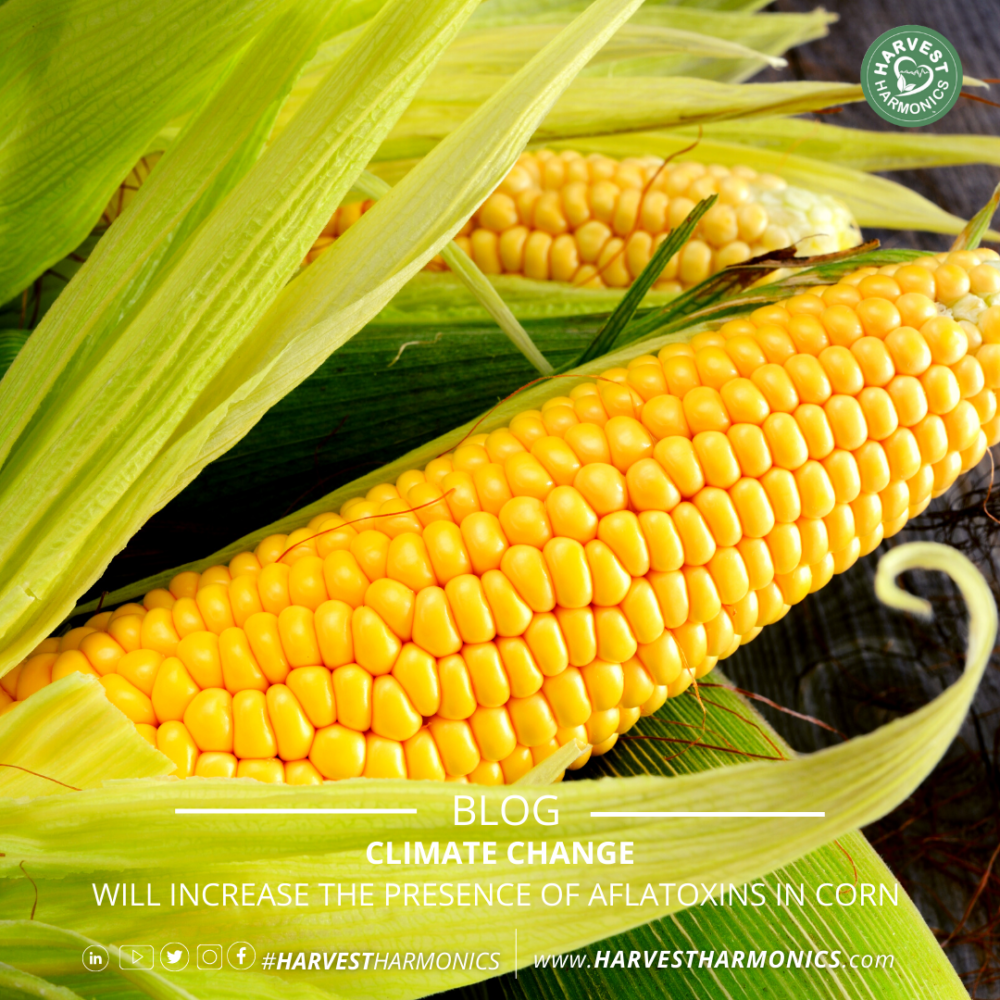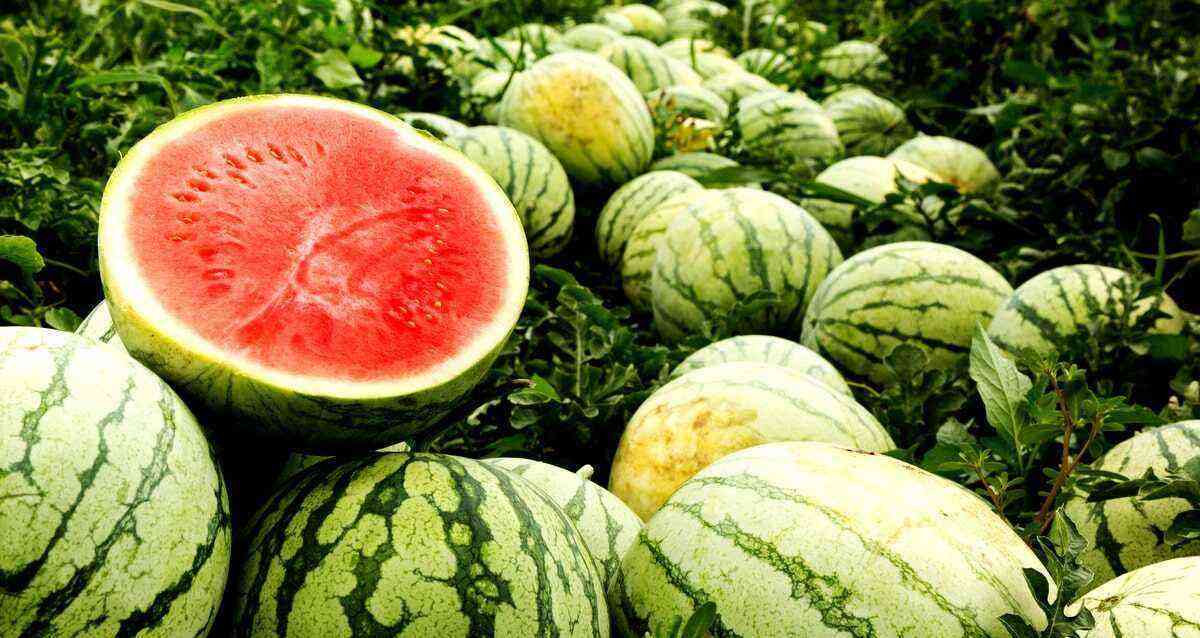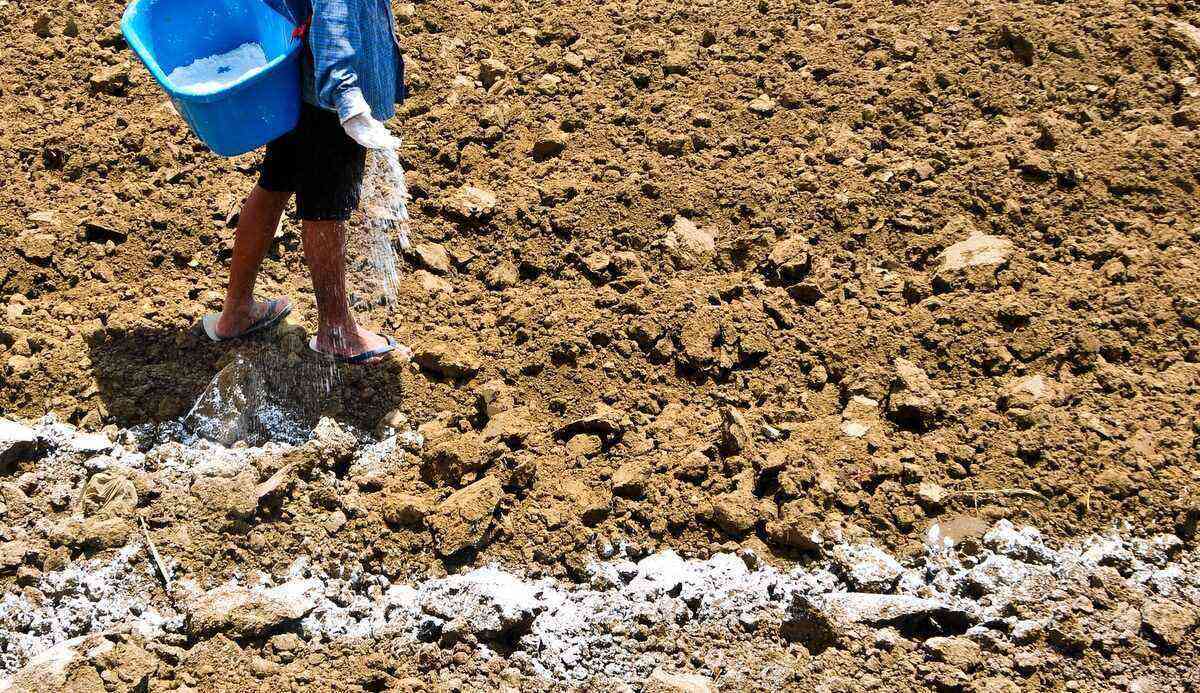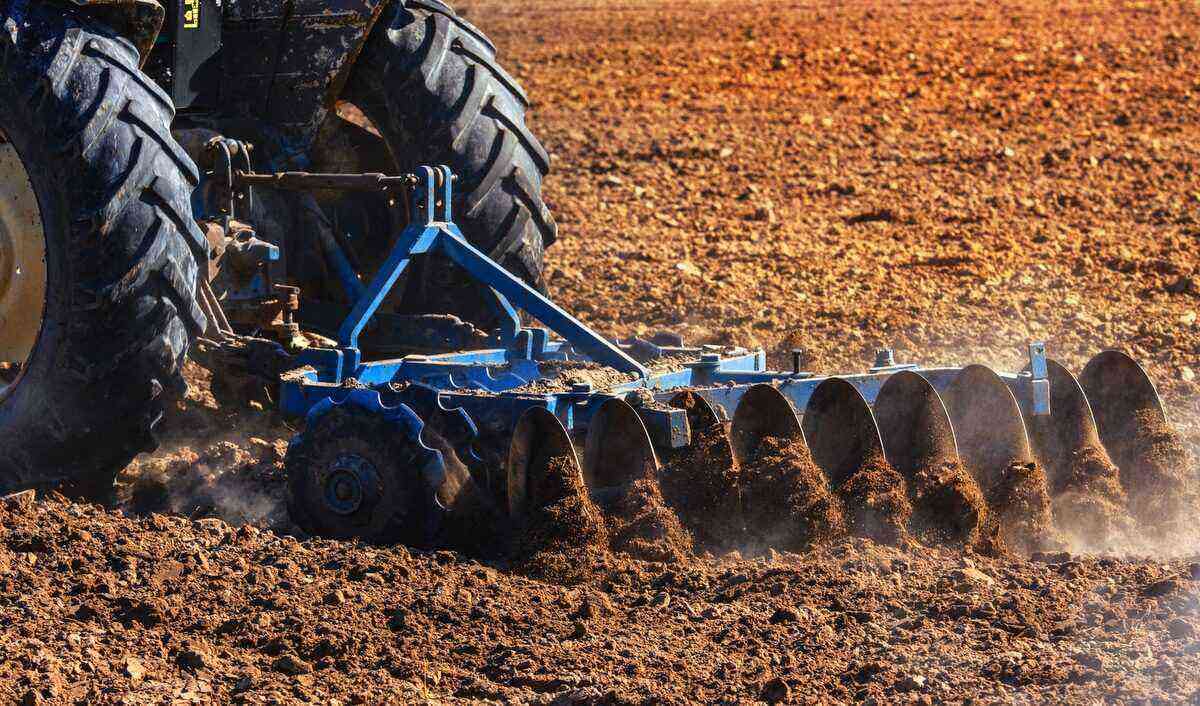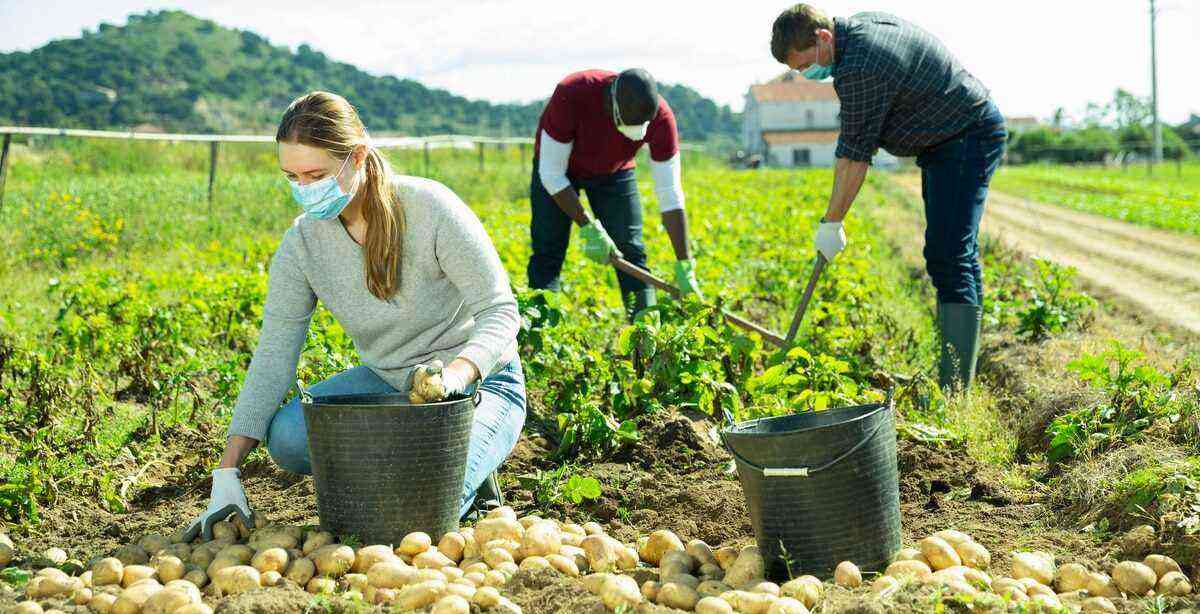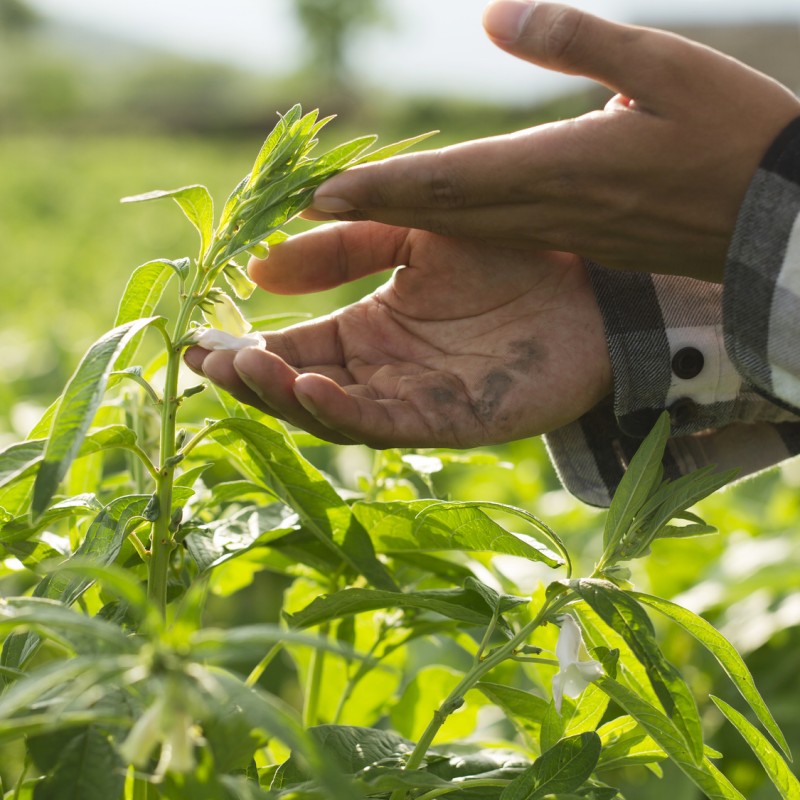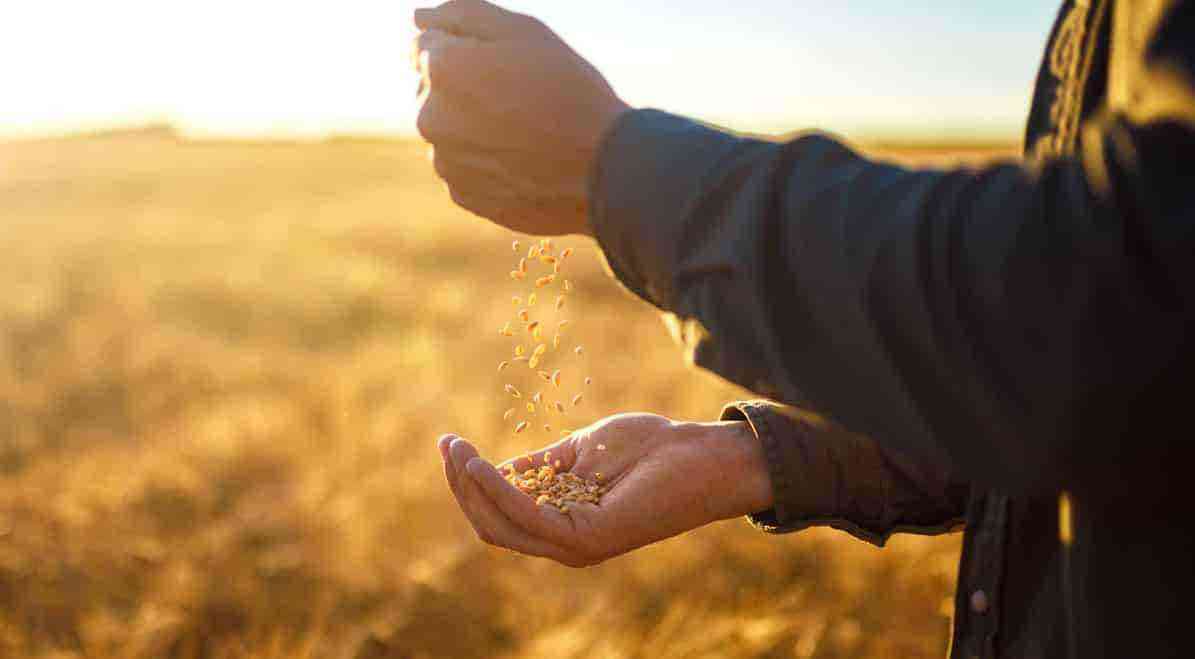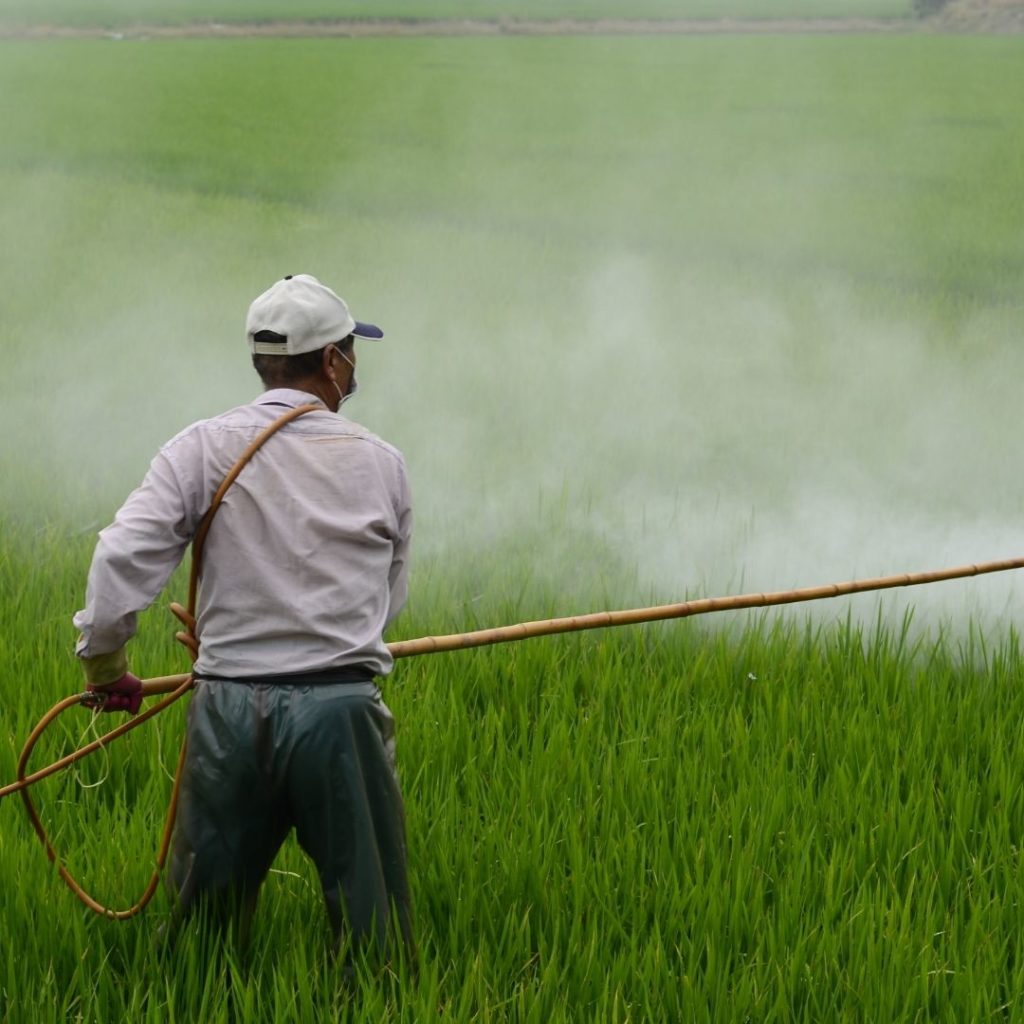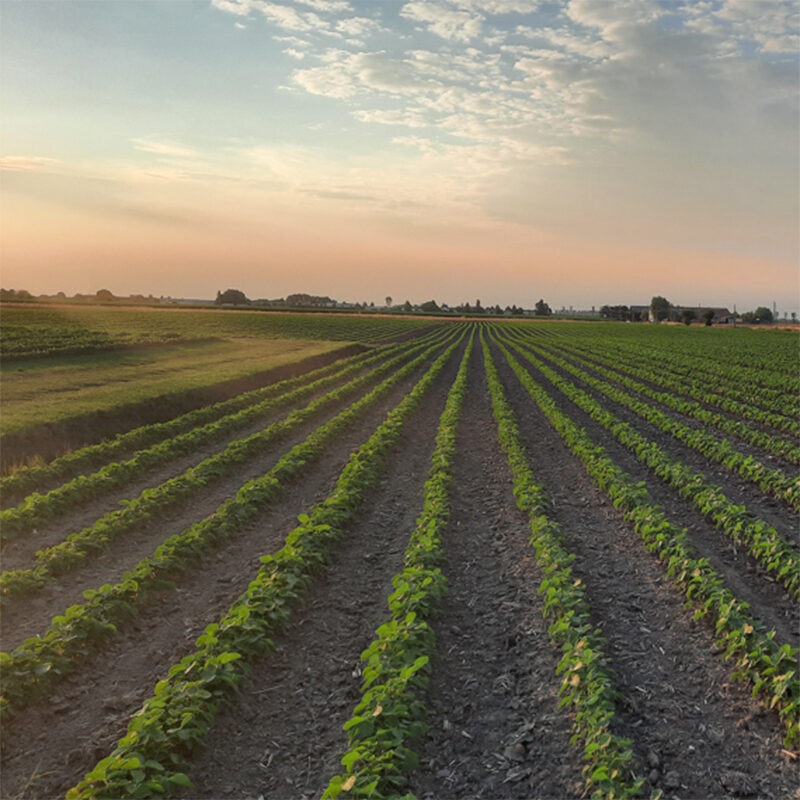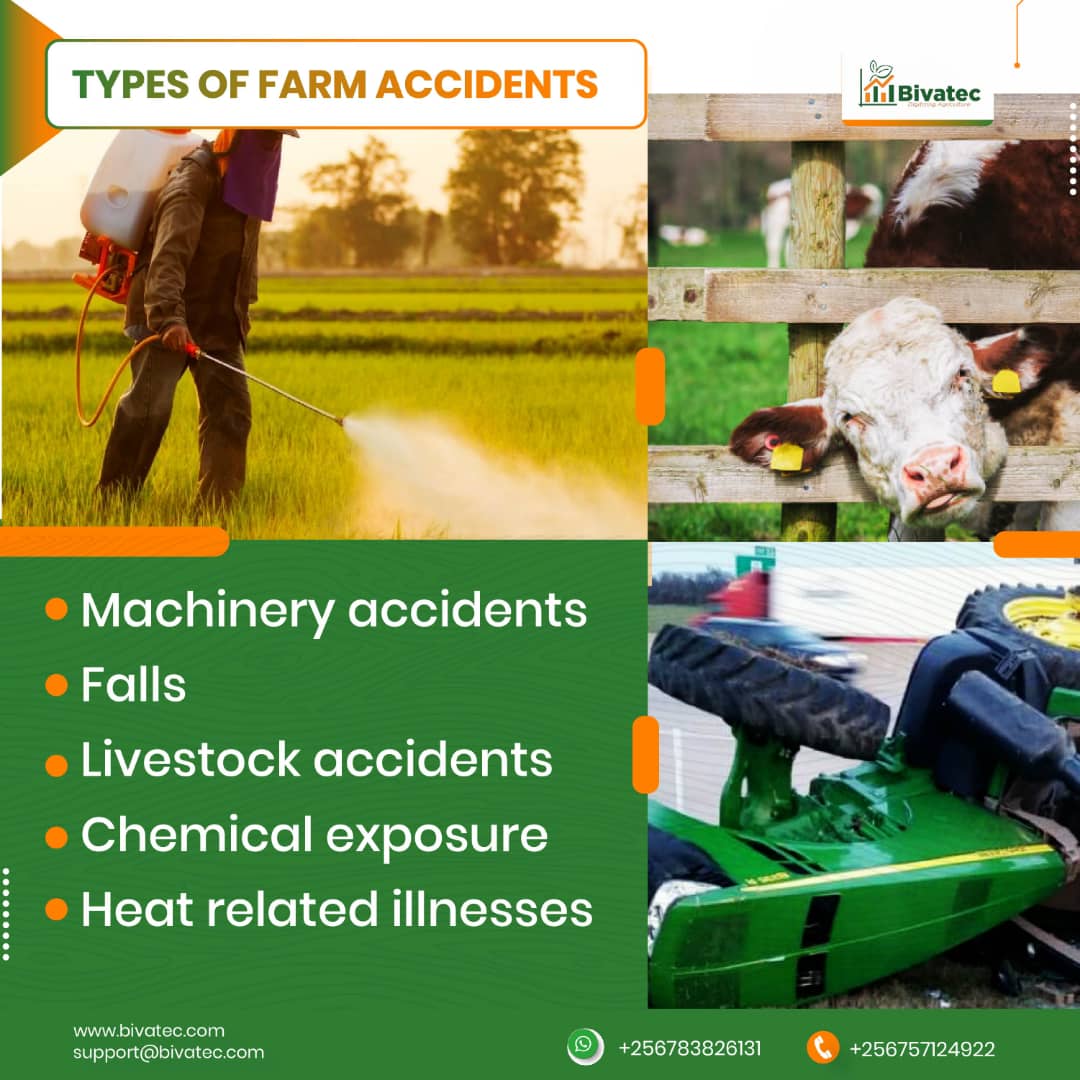In order to identify soil fertility and prepare an efficient fertilization in crops such as coffee, soybeans or sugar cane, it is essential to carry out an adequate soil analysis, thus ensuring the necessary amounts of nutrients in each one of them.
In Brazil, specifically, most soils do not have the natural chemical conditions favorable for cultivation. Therefore, it is a process that must be done periodically, since fertilization does not guarantee two consecutive harvests.
Do you like this subject? Also check out the techniques for efficient planting.
What is soil analysis and why?
From a sampling, that is, an examination of a small portion of the plot, it is possible to carry out a soil analysis.
With this portion, we check its conditions and suitability for the agricultural variety planted.
In this way, it is possible to make the necessary corrections to the soil, in terms of fertilization and liming, aiming at high production capacity.
types of sampling
To do this analysis, there are several ways to extract the soil sample. One of the most used is the Grid sampling, made through a Geographic Information System (GIS), with the objective of generating a Sample Grid.
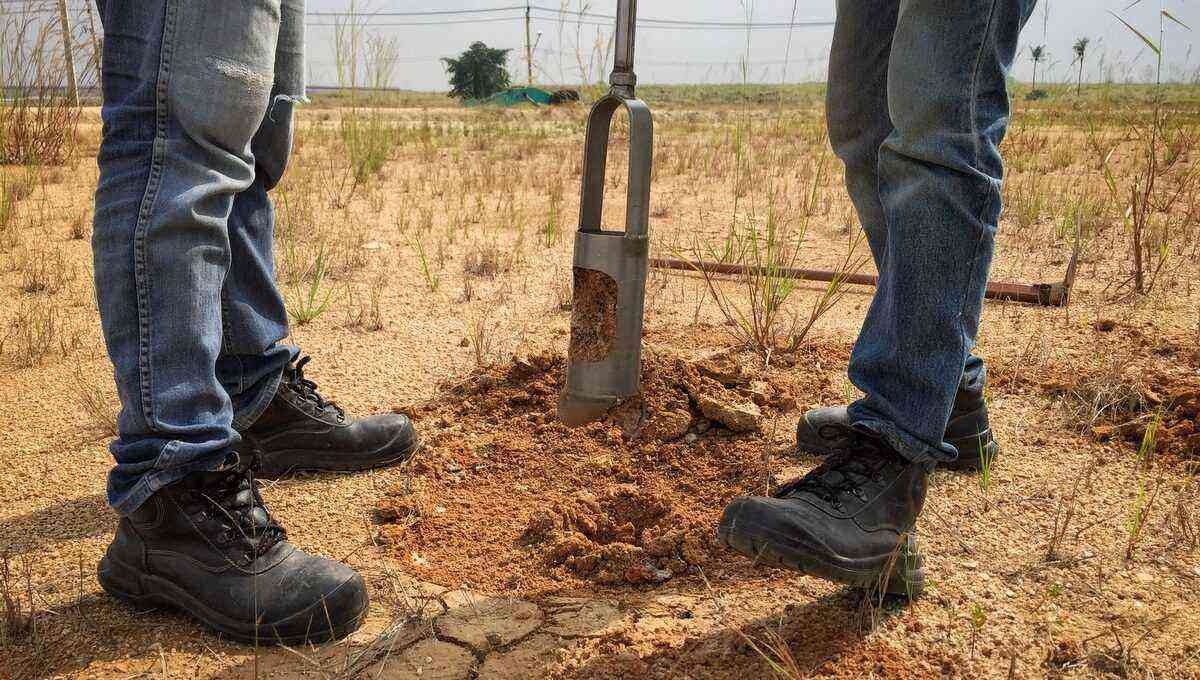
To perform the soil analysis, the technician takes some samples, usually obtained between 20 and 40 centimeters deep.
With a GPS device, the geographic coordinates of the points where the samples will be collected are obtained, which can give rise to a Grid Sampling by Point or Cell Grid Sampling.
When the purpose is a more detailed analysis, there is a third technique in this methodology called Directed Sampling which, instead of generating maps, is used to acquire information about crop variability and its reasons.
Solo analysis types
The most used techniques to analyze soil conditions and other characteristics that influence cultivation on a given property are:
- Soil Chemical Analysis: identifies acidity and available nutrients to verify fertility;
- Chemical Analysis of the Plant or Leaf Analysis: identifies toxicity and deficiencies, checks nutrition and observes the interaction between plant and soil and/or plant and climate;
- Physical Analysis or Granulometric Analysis: measures the amount of soil mineral particles, sand, clay and silt contents in the soil.
Rural producers also start to rely on a new technology to increase crop productivity: the biological analysis of the soil. Check it out in our article.
How to perform a proper soil analysis
As we discussed, soil analysis is a fundamental process for farming, but there are some points that must be taken into account.
One of the main requirements is the advance notice to carry out this analysis, preferably in the off-season, three to four months before sowing the crop. Thus, there will be enough time for planning and completion of all soil preparation steps.

Soil analysis must be done by an accredited laboratory to ensure the best result for the benefit of your crop.
A good analysis starts with the right sampling. This requires that you know the texture and some characteristics of the soil on your property, which can be observed through a physical examination.
In this way, it is possible to first identify and collect the necessary subsamples, according to the inequalities of the soil, plant cultivation, management, etc., which will give rise to the samples, to then be sent to the laboratory.
Another relevant point is the choice of laboratory to carry out the sampling analysis. For greater security, consult those accredited by bodies that attest to the quality of the service, such as the IAC (Instituto Agronômico) and Embrapa.
Analysis frequency
In general, routine basic analyzes should be carried out annually, for annual crops, except in soils that receive fertilizers and correctives more frequently and are sandy, requiring a greater number of analyzes during this period.
A complete soil analysis, which includes the evaluation of micro and macronutrients, can be carried out every three years. It is necessary to emphasize that the rural producer should not be restricted only to soil analysis.
When planning planting, it is essential to check other factors that interfere with crop productivity, such as crop management, use of seeds with high productive potential, availability of water for crops and, also, at the time and form. application of fertilizers and soil amendments, such as limestone.
By following all the recommendations above, you will be ensuring the success of your farming!
Check it out at video below how does the Fertmovel, a complete soil fertility analysis laboratory at Embrapa that operates inside a van, equipped to issue technical reports on soil correction such as fertilization and liming recommendations.
Source: Embrapa.

